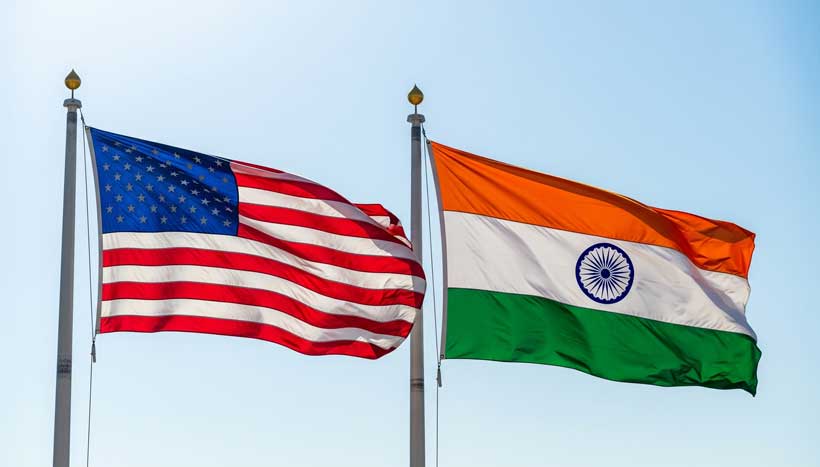Indian Defence Minister Rajnath Singh is set to meet his U.S. counterpart Pete Hegseth in Kuala Lumpur on Friday, two Indian officials confirmed. The meeting, taking place on the sidelines of the ASEAN Defence Ministers’ Meeting (ADMM), will mark the first direct interaction between the two leaders and comes at a delicate moment for bilateral relations strained by Washington’s punitive trade tariffs on Indian imports.
The discussions are expected to cover India’s ongoing plans to acquire six Boeing P-8I maritime patrol aircraft for its navy and a proposed new India-U.S. defence cooperation framework aimed at revitalising strategic ties. According to one official, the meeting could lay the groundwork for a bilateral visit either by Hegseth to New Delhi or Singh to Washington as both sides look to reset momentum in defence diplomacy.
Key Issues
Relations between India and the United States hit a low point earlier this year when U.S. President Donald Trump doubled tariffs on Indian imports to 50% to punish New Delhi for continuing to purchase Russian oil. The planned Singh-Hegseth meeting in Washington in August was consequently scrapped.
However, geopolitical shifts are now offering both sides an opening to rebuild ties. Following U.S. sanctions on Moscow’s top crude exporters, Indian refiners have reduced imports of Russian oil, aligning New Delhi’s actions more closely with Western interests. Washington, in turn, appears keen to re-engage with India to strengthen strategic cooperation in Asia particularly in countering China’s influence.
Why It Matters
The meeting is a key test of how far the India-U.S. strategic partnership can withstand trade disputes and geopolitical friction. Defence cooperation has been one of the strongest pillars of bilateral relations, spanning arms sales, joint exercises, and intelligence sharing under the Quad framework.
Reviving momentum now could reinforce India’s role as a security partner for the U.S. in the Indo-Pacific, especially as Washington seeks to deepen defence ties in the region amid rising tensions in the South China Sea and with China’s growing assertiveness.
India’s Defence Ministry: Seeking to secure technology transfers and diversify suppliers while preserving its strategic autonomy.
U.S. Department of Defense: Looking to reassure New Delhi of continued defence engagement despite trade frictions.
Boeing and U.S. defence contractors: Potential beneficiaries if new procurement deals move forward.
ASEAN nations: Watching the talks closely as regional defence alignments shift amid great-power competition.
What’s Next
Singh is expected to deliver formal remarks at the ASEAN meeting on November 1, where he may underscore India’s vision for regional security and freedom of navigation. If Friday’s talks go smoothly, analysts anticipate a high-level bilateral visit could follow within months a sign that the world’s two largest democracies are again moving toward strategic alignment after a period of economic friction.
For now, both sides remain cautious but pragmatic, aware that long-term interests especially in defence and Indo-Pacific security outweigh short-term trade disputes.
With information from Reuters.
